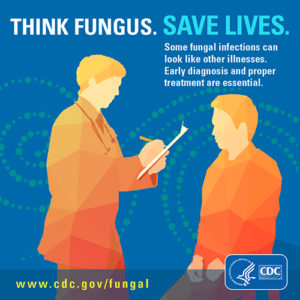Content courtesy of Philip Chung, PharmD, MS, BCPS
The Infectious Diseases Society of America recommends use of antimicrobial agent active only against streptococci (e.g., cephalexin) for management of cellulitis in patients without systemic signs of infection, penetrating trauma, evidence of MRSA, and injection drug use. Despite this recommendation, healthcare providers frequently prescribe additional antimicrobial agents with anti-MRSA activity (e.g., cephalexin plus trimethoprim-sulfamethoxazole).
A recent multicenter, double-blind, randomized, controlled trial evaluated the efficacy of cephalexin alone or in combination with trimethoprim-sulfamethoxazole (TMP-SMX) for treatment of acute uncomplicated cellulitis in the outpatient setting. Clinical cure rates were similar between the combination therapy arm (83.5%) and the monotherapy arm (85.5%). Adverse event rates and secondary outcomes (including overnight hospitalization, recurrent skin infections, and similar infection in household contacts) were not different between treatment arms.
For additional details, please read Moran GJ, et al. JAMA 2017;317(20):2088-96.






Recent Comments